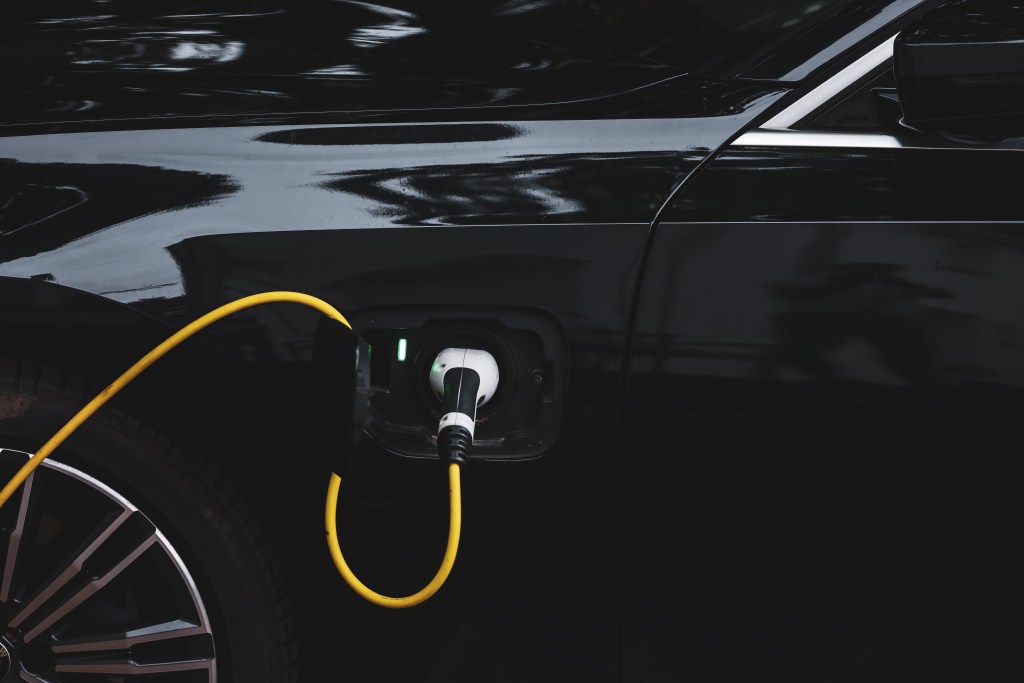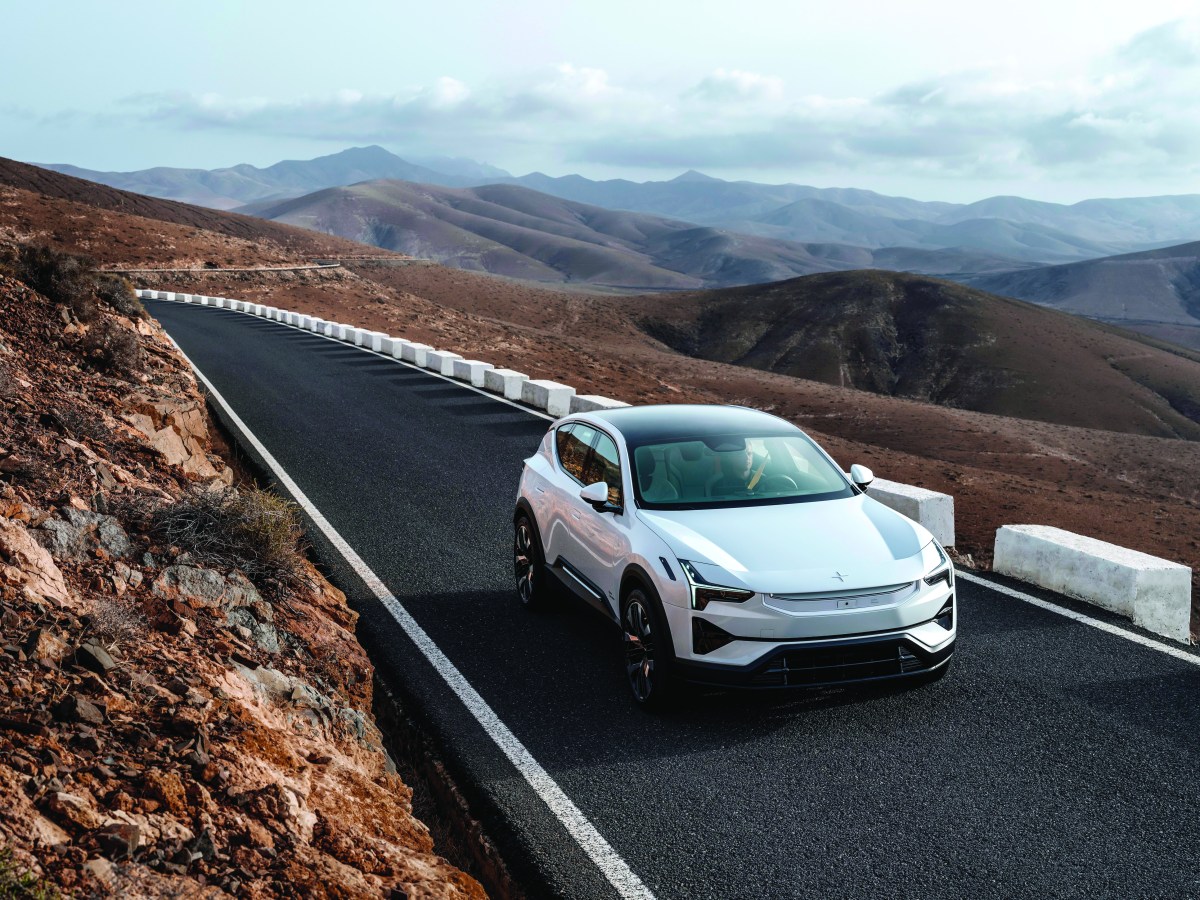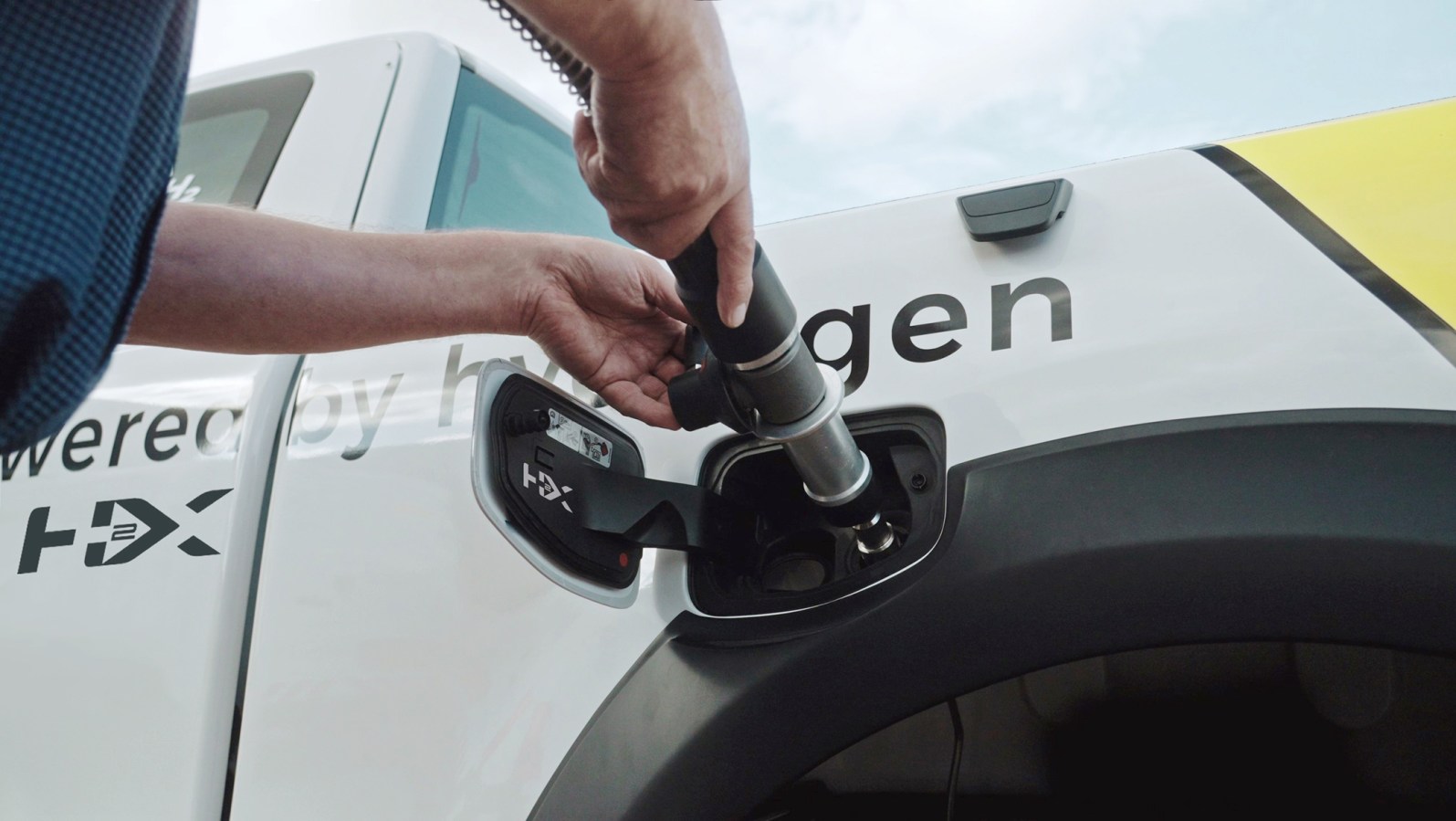New research finds used electric vehicle prices are down more than a third, with Teslas suffering some of the largest price drops – but hybrids are selling like hotcakes.

Research by US-based car search site iSeeCars (which analysed over 2.3 million new and 1-to-5-year-old used cars) has revealed the average used price car is down about 5% – but used electric vehicle (EV) prices have taken a nose-dive.
The average price of a used EV is down about 33.7% to US$34,994 in October 2023, from about US$52,821 the same time last year. Teslas have suffered some of the biggest price drops for used cars, with the Model X losing about US$21,775 in value, the Model S, US$18,596 and the Model 3, US$14,716.
But hybrid vehicles haven’t faced the same fate – prices are down just under 10% to US$31,511 from US$34,840 in October last year.
Used car prices in general began to contract about mid-way through 2022, iSeeCars executive analyst Karl Brauer said, but used electric vehicles dropped further and faster. And, the research found EVs are taking longer than gasoline or hybrid vehicles to sell – about 52.4 days compared to 49.2 days. A year ago, EVs were selling, on average, in about 37.5 days.
Three EVs – the Kia EV6, Ford F-150 Lightning and Polestar 2 – also made it into the top 10 slowest-selling used cars, while seven of the top 10 fastest-selling used cars were hybrids. The fastest-selling used car was the BMW X5 hybrid, followed by the Toyota Highlander hybrid.
Related
EVs in Australia: Are they on the decline?
Bevan Guest, CEO of Novated Lease Australia, says the slowdown in the used EV market could also be attributed to the increase in new vehicle supply, that was previously constrained due to COVID.
“For EVs, there is a lack of used vehicles available due to the low penetration in previous years (sub 2% of all new vehicle sales),” Guest says.
Now, with more models and makes available in the Australian market, like the Tesla Model Y, Australia has seen a surge towards pure EVs – about a 400% increase in sales leading to an overall increase from 2% of new car sales to 8-9%.
“The recent Federal legislation exempting new electric and plug-in hybrid vehicles from Fringe Benefits Tax also makes leasing new EVs substantially more cost-effective than buying used ones,” Guest adds.
“Significant tax savings outweigh the higher cost of new vehicles, leading to a decline in used vehicle values as more people opt for novated leases for new EVs through their employers.”
Guest expects the trend towards EVs to strengthen throughout 2024, driven by cost of living pressures leading customers to save on car costs by transitioning to greener models.
“With increases in supply, we expect that EV penetration will increase from its current levels to well into double digits next year,” Guest says.
And as for hybrids, Guest says they were the dominant vehicle until about mid-way through 2022, when the Federal Government removed the Fringe Benefits Tax on EVs.
“This changed the appeal from hybrids to EVs given the cost-effectiveness when utilising a novated lease, and demand grew rapidly from low single digits to 50-60% of all enquiries,” he says.
And hybrid lead times are still around 12+ months, which means customers may opt for EVs over hybrids due to waiting periods.
Look back on the week that was with hand-picked articles from Australia and around the world. Sign up to the Forbes Australia newsletter here or become a member here.


